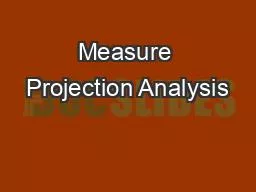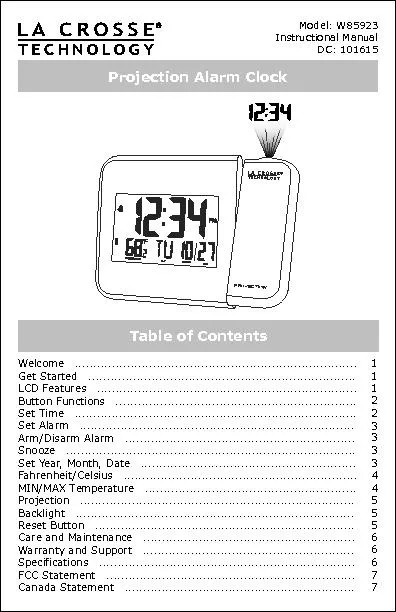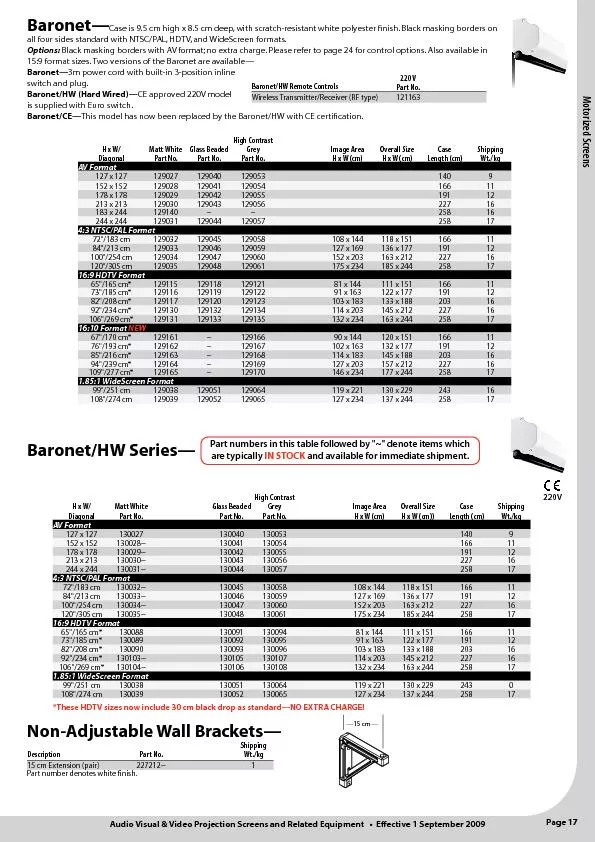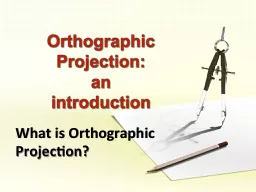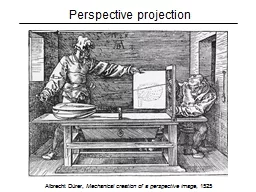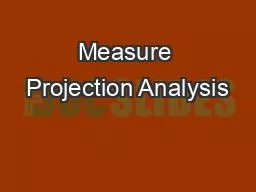PPT-Measure Projection Analysis
Author : criticanime | Published Date : 2020-08-26
Nima BigdelyShamlo Tim Mullen Ozgur Yigit Balkan Swartz Center for Computational Neuroscience INC UCSD 2011 Outline Current EEGLAB Workflow STUDY IC Clustering
Presentation Embed Code
Download Presentation
Download Presentation The PPT/PDF document "Measure Projection Analysis" is the property of its rightful owner. Permission is granted to download and print the materials on this website for personal, non-commercial use only, and to display it on your personal computer provided you do not modify the materials and that you retain all copyright notices contained in the materials. By downloading content from our website, you accept the terms of this agreement.
Measure Projection Analysis: Transcript
Download Rules Of Document
"Measure Projection Analysis"The content belongs to its owner. You may download and print it for personal use, without modification, and keep all copyright notices. By downloading, you agree to these terms.
Related Documents

